Gwangalli Eobang Festival (광안리어방축제)
1.7Km 2025-07-11
219 Gwanganhaebyeon-ro, Suyeong-gu, Busan
+82-51-610-4062
The Gwangalli Eobang Festival, held on the famous Gwangalli Beach, known for its fireworks and drone shows, aims to showcase Gwangalli‘s rich history beyond its popularity as a tourist destination. The festival is a manifestation of the history and cultural value of Jwasuyeong Eobang Nori (Fishing Village Festival of the Left Naval Headquarters), a national intangible cultural heritage of Korea. The festival provides attractions and activities of a fishing village that retains its tradition and elements of modernity. A street parade reenacts the procession of Gyeongsang Jwasusa, commander of the Busan naval forces during the Joseon Dynasty. Visitors can check out the musical Eobang, which is the main event of the festival, as well as more than 20 exhibitions and activities in the folk village. The village has recreated the old naval barracks and fishing villages, and actors dressed as jwasusa, sugun (navy soldier), and jumo (barmaid) go around the village to entertain visitors.
◎ Eobang
Following the establishment of Gyeongsang Jwasuyeong (naval forces) in the Suyeong regions during the Joseon Dynasty, the affiliation “Eobang” was formed between the naval forces and local fishermen. “Eobang” holds a similar meaning to the fishery cooperatives of today.
Olive Young - Busan Daeyeon Station Branch [Tax Refund Shop] (올리브영 부산대연역)
1.8Km 2024-04-18
225-1, Suyeong-ro, Nam-gu, Busan
-
Busan Cultural Center (부산문화회관)
1.9Km 2021-08-06
1, UN pyeonghwa-ro 76beon-gil, Nam-gu, Busan
+82-51-607-6000
Busan Cultural Center began construction in October 1983 and finished constructing three halls in 1993. In April 2010, the cultural center underwent renovations and reopend in October. The architecture format used traditional Korean houses with a large, medium, and small halls. Large gates and walls were removed to allow easy access. The roof used concrete slabs to recreate traditional patterns and the exterior walls are made of granite stone.
Olive Young - Busan Yongho Branch [Tax Refund Shop] (올리브영 부산용호)
2.0Km 2024-04-18
139, Dongmyeong-ro, Nam-gu, Busan
-
Gwangalli Beach (광안리해수욕장)
2.0Km 2025-04-14
219 Gwanganhaebyeon-ro, Suyeong-gu, Busan
+82-51-622-4251
Located to the west of Haeundae Beach, Gwangalli Beach is 1.4 kilometers long and 25~110 meters wide, and is famous for its fine sand. The area underwent a water purification process, which led the ecosystem to flourish in the nearby river waters. In addition to the beachfront, the Gwangalli area is filled with delicious restaurants and romantic cafes, as well as stores selling famous fashion brands. The area has plenty to offer, but many people come in the evening to take in the bright lights of Gwangandaegyo Bridge, stretching across the horizon.
Busan Fireworks Festival (부산불꽃축제)
2.0Km 2025-10-30
219 Gwanganhaebyeon-ro, Suyeong-gu, Busan
+82-51-713-5000
Busan Fireworks Festival takes place every autumn along Gwangalli Beach. The festival’s diverse programs of cultural events, high-tech laser light shows, and myriad of unique and colorful fireworks make this one of the area’s most popular festivals, drawing crowds of over 1 million visitors each year. Although most people flock to the beach for a closer view of the festivities, nearby Hwangnyeongsan Mountain, Dongbaekseom Island, and Igidae Coastal Park also offer great views of the fireworks.
Gwangalli Marvelous Drone Light Show (광안리 M(Marvelous) 드론 라이트쇼)
2.0Km 2025-08-08
219 Gwanganhaebyeon-ro, Suyeong-gu, Busan
+82-51-610-4882
Every Saturday evening, hundreds of drones light up the night sky over Gwangalli in a range of fascinating formations through the Gwangalli Marvelous Drone Light Show.
The Park Guesthouse (더파크 게스트하우스(The Park Guesthouse))
2.0Km 2024-12-22
151 , Gwangnam-ro, Suyeong-gu, Busan
+82-10-5822-3755
The Park Guesthouse is an affordable homestay in the Gwangalli Beach area of downtown Busan, where guests will meet tourists from many other countries. Accomodation consists of bedrooms with toilets plus a large shared living room with kitchen, bathroom. and laundry facilities. The kitchen is adequate for basic cooking. The guesthouse is not far from Gwangan subway station, and Gwangalli Seafood, Busan Millak Sashimi Restaurant Street, and Pojangmacha Street are all close by.
Olive Young - Gwangan Beach Branch [Tax Refund Shop] (올리브영 광안비치)
2.1Km 2024-04-17
#101, 235, Gwanganhaebyeon-ro, Suyeong-gu, Busan
-
Gwangalli Busan Hoetjip (광안리부산횟집)
2.2Km 2024-03-20
29 Millaksubyeon-ro, Suyeong-gu, Busan
+82-51-753-8881
Gwangalli Busan Hoetjip is located where various seafood restaurants gather at the eastern end of Gwangalli Beach. With a view of the beautiful Gwangandaegyo Bridge, it's a popular spot for tourists to enjoy fresh sliced raw fish. Their signature dish is the bulkkot modeum (sliced raw fish set course A) which comes with delicious side dishes and a variety of seafood served alongside the sliced raw fish.
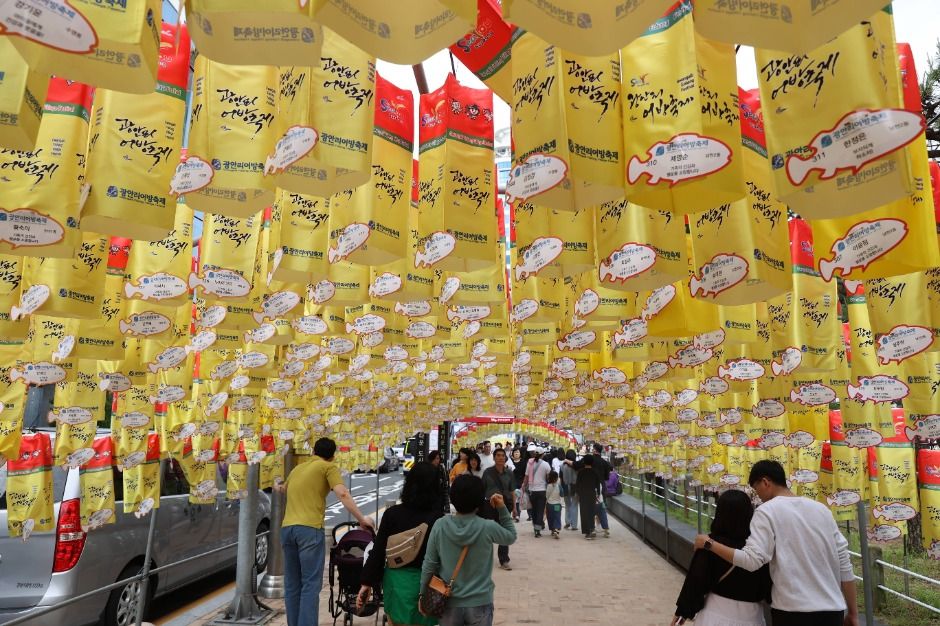
![Olive Young - Busan Daeyeon Station Branch [Tax Refund Shop] (올리브영 부산대연역)](http://tong.visitkorea.or.kr/cms/resource/40/2885740_image2_1.jpg)

![Olive Young - Busan Yongho Branch [Tax Refund Shop] (올리브영 부산용호)](http://tong.visitkorea.or.kr/cms/resource/56/2885756_image2_1.jpg)
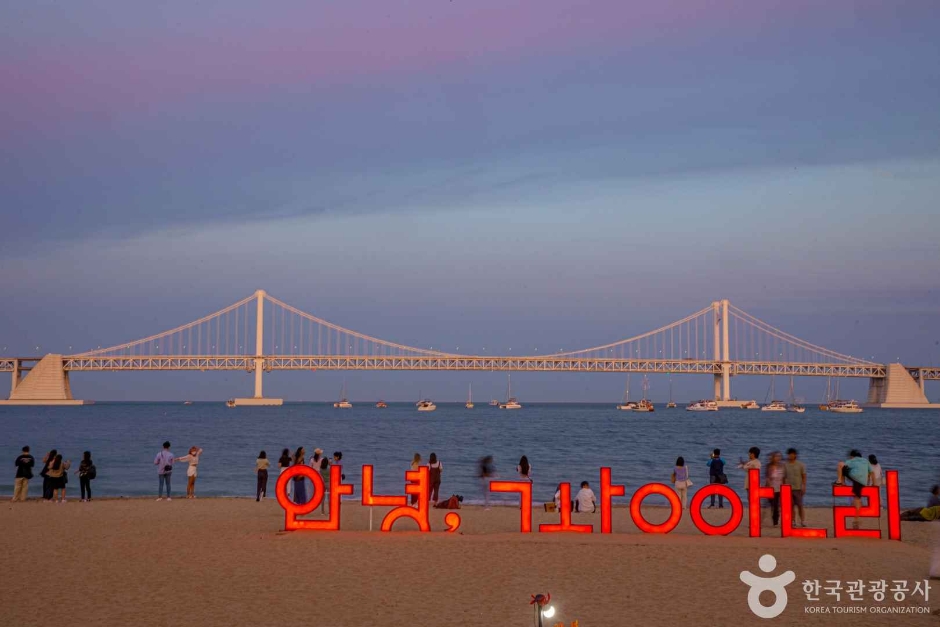
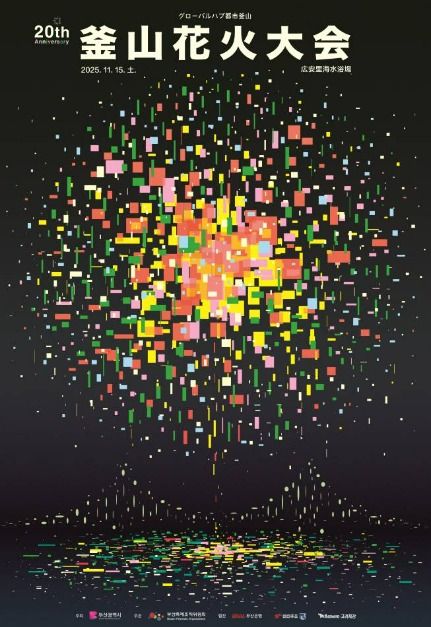
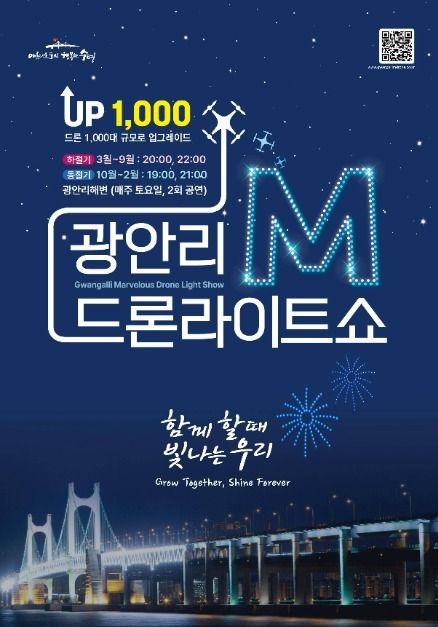
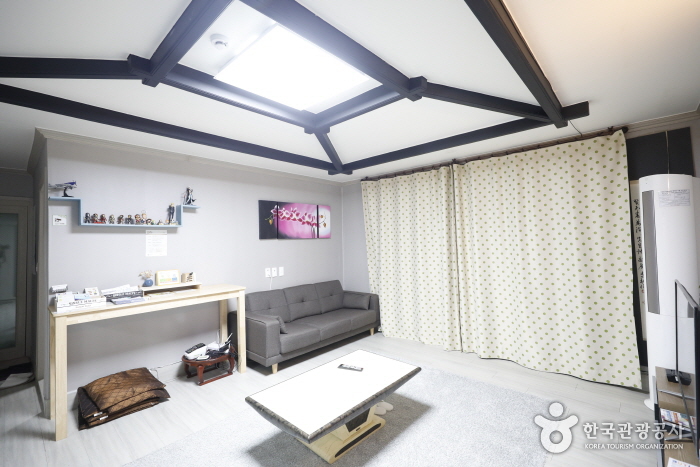
![Olive Young - Gwangan Beach Branch [Tax Refund Shop] (올리브영 광안비치)](http://tong.visitkorea.or.kr/cms/resource/11/2885711_image2_1.jpg)
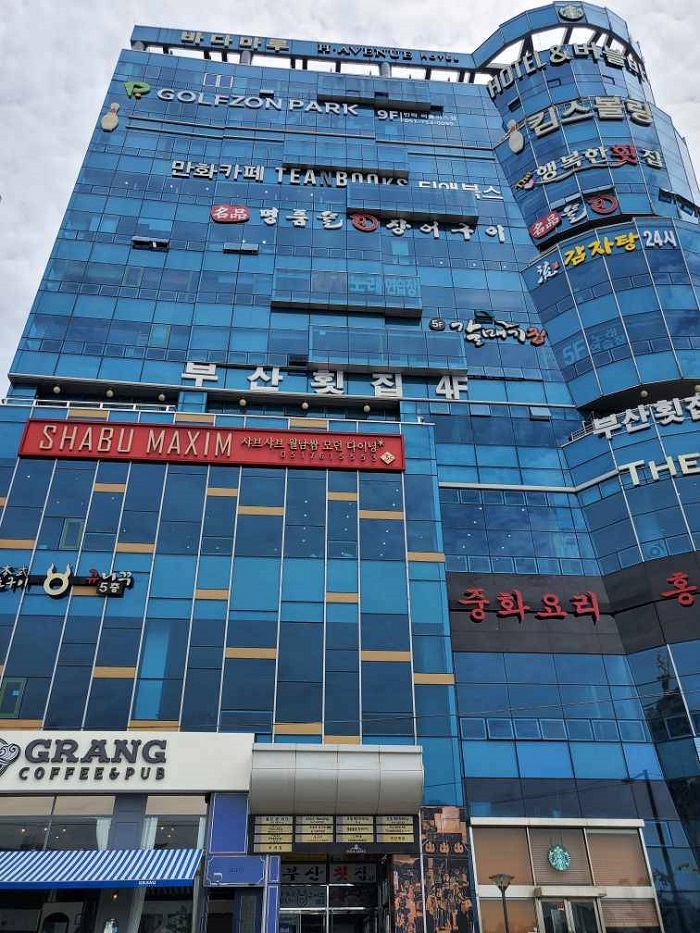
 English
English
 한국어
한국어 日本語
日本語 中文(简体)
中文(简体) Deutsch
Deutsch Français
Français Español
Español Русский
Русский